Route: 350, Oldham to Ashton-under-Lyne
Operator: First
Frequency: Every 30m (Mon-Sat); Hourly (Sunday)
Time: 1 hour 25 minutes
Cost: Part of £5 Day Ticket
Date of Trip: 11/11/22
Return to Decker: Ian
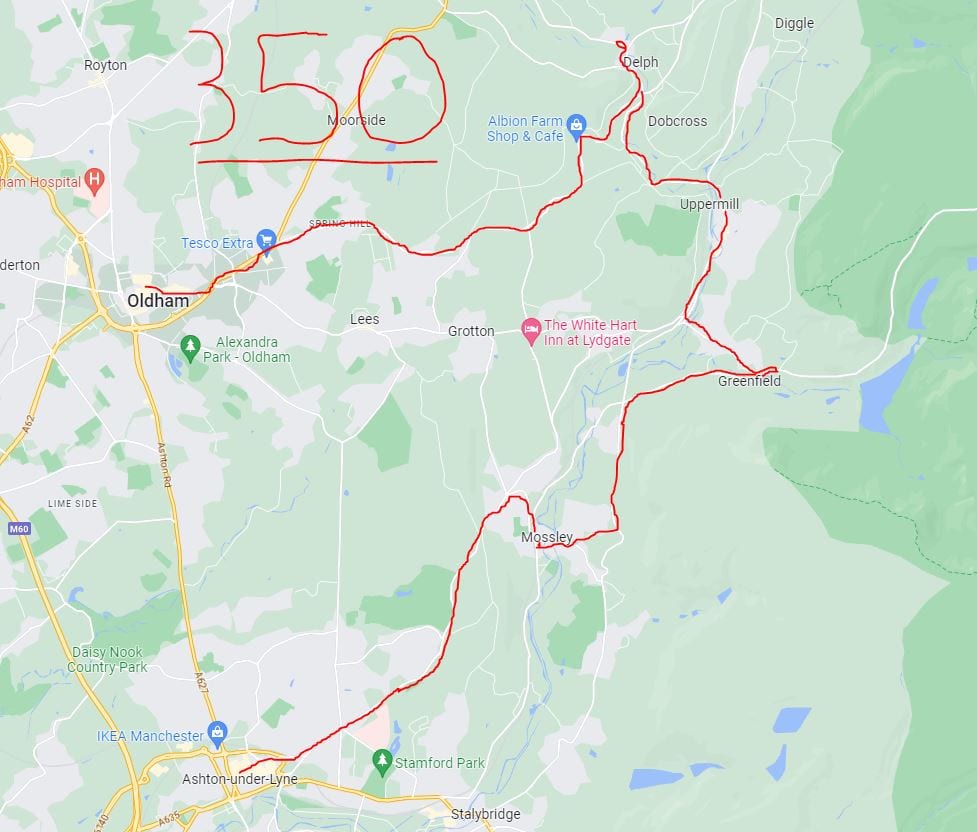
‘There were eight of ‘em outside The Snipe,’ says the younger of two pensioners sitting at the front of the top deck of the 350 as we leave Oldham Bus Station. He’s reliving his role in past drunken violence, no doubt embellished by years of retelling. ‘So, I filled the biggest one in, and the rest just shat ‘emselves and ran off.’
‘It’s a shame it’s closing,’ his elderly flat cap-wearing pal responds.
‘Oh aye, it is. I’ve had some great nights in there. Well, not for a while, seeing as I’m barred.’
‘Oh, why’s that?’
‘I filled the landlord in.’
Less than a minute later, we pass his spiritual successors, the next generation of midweek daytime drinkers outside Harry’s Bar. A group of five crowds around the doorway, cajoling each other with shoved shoulders amid sloshed pints and a pall of smoke as dense as the emissions from a Top of the Pops dry ice machine.
‘Are you still barred from there, too?’ the older gent asks.
‘I expect so.’
Every few minutes, the 409 works the four-mile stretch between Oldham and Ashton while following the path of least resistance. The 350, however, really is the scenic route. It heads east into the dainty villages of Saddleworth before boomeranging southwest and downhill into Tameside. A mile into the trip, there’s even the bonus of passing through the set of traffic lights on Huddersfield Road that my grandad flattened in his wagon one wintry evening in the 1970s. It’s along here that we pass a showroom promising the exciting combination of ‘HOT TUBS – Chemicals – Outdoor Kitchens – BBQ’s’. Who knew that chemicals could be such an intoxicating draw to the alfresco living crowd?
The edge-of-town commerce soon cedes to the succession of flats, maisonettes, and red brick terraces of Waterhead. Lintels above the windows in one row have circular dimples carved into either end, book-ending skinny oblongs to give them the appearance of cheerful robots. Perhaps this characterful decoration was the calling card of a local building firm more than a century ago, but this otherwise unassuming line of around twenty homes is the only one that carries it. Others nearby tote faux pillars around doorways or elaborate brickwork above windows, before ushering us into rough-hewn sandstone territory where our fighty pensioners depart.
A sustained calf-busting climb brings us around the back end of Lees and, on passing into Saddleworth, a surreptitious sign welcomes us to the Historic West Riding of Yorkshire. Those vexed boundary changes of fifty years ago still rankle with some around these parts, who resent being part of Greater Manchester, and with it, even the vaguest hint of allegiance to the Red Rose of Lancashire.
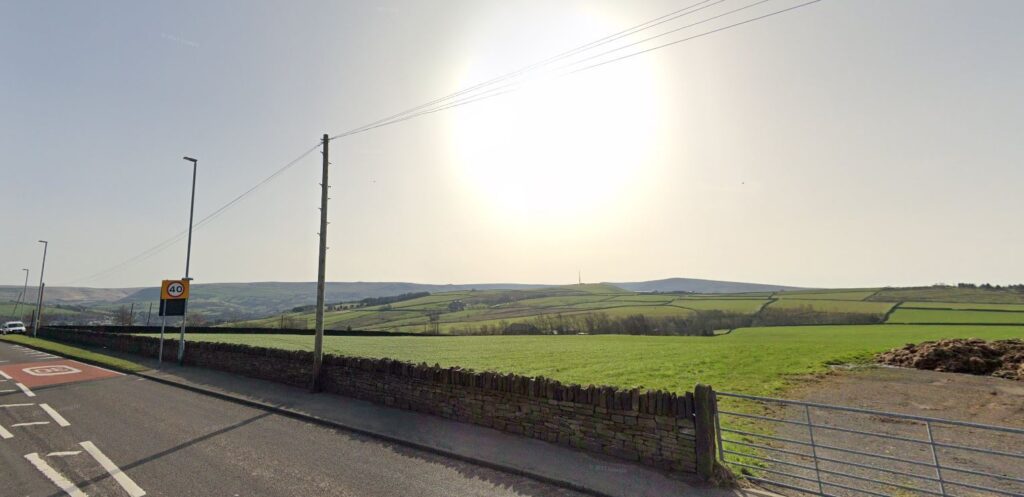
The low-gear strains from the bus are worth it, though. Once we top out at Scouthead, the longtail of buildings peters out, and the spine of the Pennines extends away to our right, with a vast green bowl dropping away towards Mossley. Dry stone walls partition farmers’ fields into rectangular pockets, which ricochet off the shifting contours, while slack telegraph cables sway drunkenly in the whipping gusts. A red sign warns of the potential for ‘SNOW!’ and torrid conditions for the next couple of miles. Although it’s the greyest of days up on this exposed spot, there’s no danger of the elements intervening.
The village of Delph appears in the hollow ahead, surrounded by a critical mass of jutting hills with micro streams having carved deep clefts through the foliage and around rocks. Sheep in full winter coats pad around the edges of the road as we descend into Delph’s conservation area, where the handful of surviving mill chimneys all have saplings projecting from their brickwork.
Delph is a Pennine idyll and a tourist honeypot. Clogged with the type of congestion that’d make a heart surgeon shudder, traffic inches along its narrow main street, past a proliferation of pubs and craft shops that a dot of a place such as this shouldn’t be able to sustain. Yet here we are, waiting to squeeze past the tiny Millgate Arts Centre with its busy schedule of films, plays and music ahead. There are towns with populations in the tens of thousands who’d struggle to keep something like it afloat – a couple of months after this trip, Oldham’s own Coliseum Theatre cancelled all upcoming shows after losing its Arts Council funding – but it still thrives after almost a century of drama.
It’s amazing that a double-decker can fit through the village at all, but especially the contortions the 350 performs as it threads the eye of a needle up a sharp and off-camber incline onto a small estate. It’s inconceivable that any bus would make it safely up here should any ‘SNOW!’ hit the roads, let alone one of these behemoths.
We double back along the main street and gather pace downhill beside the nascent River Tame. It shepherds us by a juxtaposed jumble of industrial estates and landscaped gardens through Dobcross, with the black-and-gold clockface of Holy Trinity Church reading three o’clock. The bus passes beneath a railway viaduct into Uppermill, the monument at the summit of Pots & Pans bringing back memories of soporific weekend afternoons watching my dad chuck his radio-controlled gliders into the thermals that would whoosh up its southwest-facing slope. I’m all for fresh air and elevated countryside views, but aside from somehow enjoying watching the world go by from a bus seat, my boredom threshold has always been dangerously low. Toy aeroplanes might be the reason.
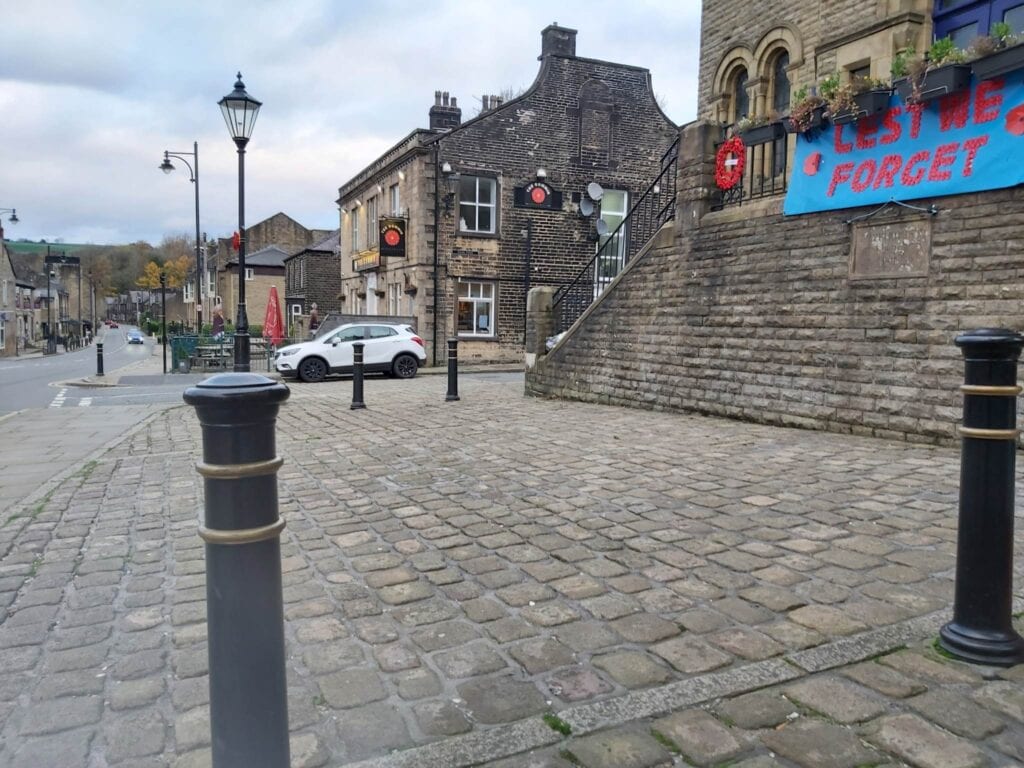
Uppermill bursts with people. On the pavements, in the parks, and in their cars, humans expand into almost every atom of space. Still, they keep the local economy thriving. From the conveyor belt of new bars and restaurants to the delicious-smelling pie shop across the road from the bus stop, it’s a village that marches on its stomach. With this being Remembrance Day, a display of poppies spelling ‘Lest We Forget’ hangs outside the Methodist Church. Next door, The Commie pub doffs its flat cap to both Yorkshire and Lancashire. The white rose adorns its signs when approaching from one side, with its red equivalent greeting thirsty travellers from the opposite direction.
With half an hour to kill, I head to a bench above the Huddersfield Canal and watch for a happy ten minutes as the last of the autumnal leaves settle onto the water, forming a papery russet carpet almost dense enough to traipse across. If I wasn’t meeting Eleanor after work, I’d have walked to Stalybridge. Instead, I set off to wander along the banks of the Tame. Even with the traffic revving and beeping in the background, it’s a lovely spot, with stepping stones, a plethora of ducks and an excited spaniel who picks on the wrong Canada goose.
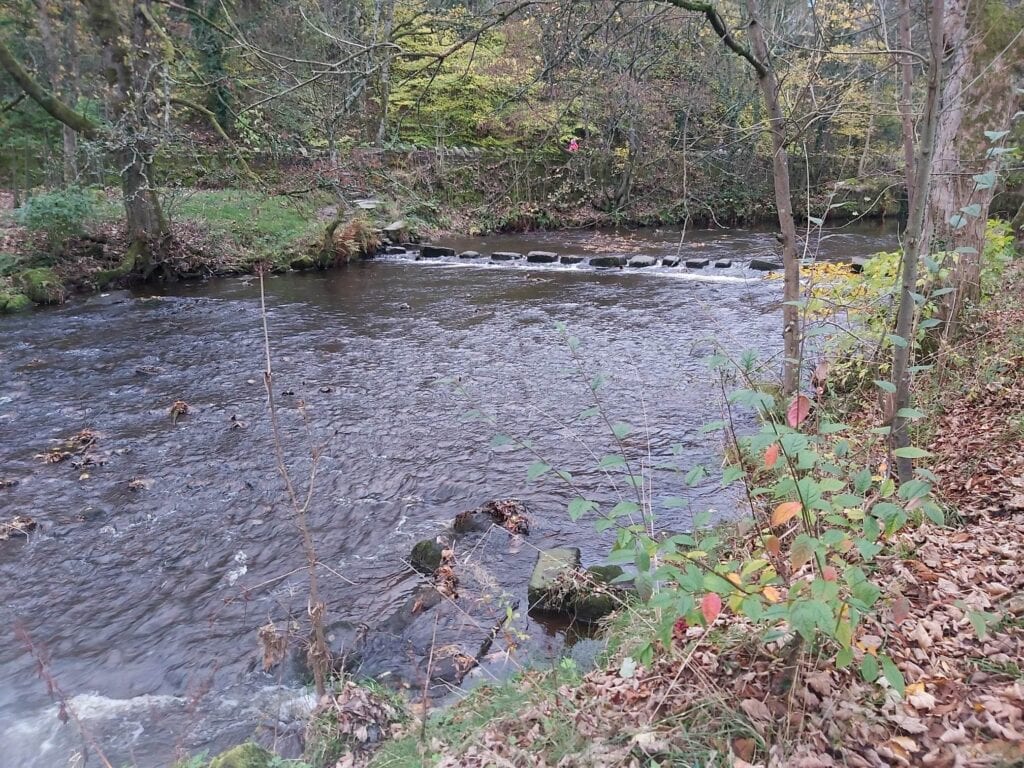
‘On you get, buddy,’ the driver says as I hop back aboard. We shadow the railway line towards Greenfield, where a flatbed truck almost comes a cropper power-sliding around a sharp bend just beyond the railway station. It’s a manouevre that prompts a couple of passing police cars into action, whistling past us at the junction to take down their prey.
Hills entomb Greenfield on all sides. All steep. All dramatic, with ridges and reservoirs chaining them together. The heather that coats the uplands has lost its purple lustre and turned brown by now, but it’s almost a miracle that it’s here at all; the hillsides of Saddleworth went up in flames throughout the summer of 2018, scorching miles of moorland, with the charred smell infiltrating the clothes on our washing line ten miles away.
We switch back along the other side of the Chew Valley, passing the lime green van and giddy flashing lights of Cod in a Trap. If, like me, you think that’s a tremendous name for a mobile chippy, but it’d be even better if an Elvis impersonator ran it, well, buckle up: Cod in a Trap is a mobile chippy run by an Elvis impersonator. I assume the business sprang from the pun, a drunken ‘I’ve got this great idea, right…’, and besides, it’s a much easier sell than Suspicious Fries.

A couple of passengers join at a council estate in Micklehurst, including a man whose grey hoodie is the exact same shade as his hair. The road leads into Bottom Mossley, the dourest of towns in the loveliest of settings, before a precipitous climb up to Top Mossley. The side streets extend away at unforgiving angles, with terraced roofs plunging at acute degrees more akin to the tumbledown houses of the Cinque Terre. Even so, there’s never any danger of either end of Mossley straying into ‘cute’ territory. It’s a pragmatic place where the pubs all sell Carling.
However, facing the bijou bus station is the world’s oldest fish and chip shop. Man’s Wok has been around for around thirty years, but its predecessors date back to 1863. Londoners may have started the tradition, but this takeaway beats them all for longevity. It just needs a blue plaque to seal the deal.
It’s another acclivitous slog out of town to bring us alongside Hartshead Pike. There used to be a pub called the Colliers Arms along one of the old farm tracks here. The only problem was that it was a challenge getting served. The landlord was almost as old as the 19th-century folly a few yards away, and it was potluck whether he’d open up what was essentially his front room. Even if the stars aligned and the doors were open, there was no guarantee you’d leave with your thirst slaked. Eleanor and I fluked our way in one summer’s day at the tail-end of the ‘90s, but he didn’t have any beer. Or pop. Or water. He carried on reading his paper and we slunk back to Ashton.
The views over Manchester are pinpoint from up here, even as the light draws in. You can pick out each new skyscraper in the cluster at the end of Deansgate from a skyline that’s changed immeasurably since the Colliers closed its doors for the last time twenty years ago. We’re soon trundling downhill into the outskirts of Ashton, where we fall straight into a traffic jam that snakes the entire way to the town centre. The bus fills up with workers from Tameside Hospital, joined a couple of stops later by college students, and in hindsight, it would’ve been much quicker walking the last mile and squeezing a couple of thousand extra steps in.
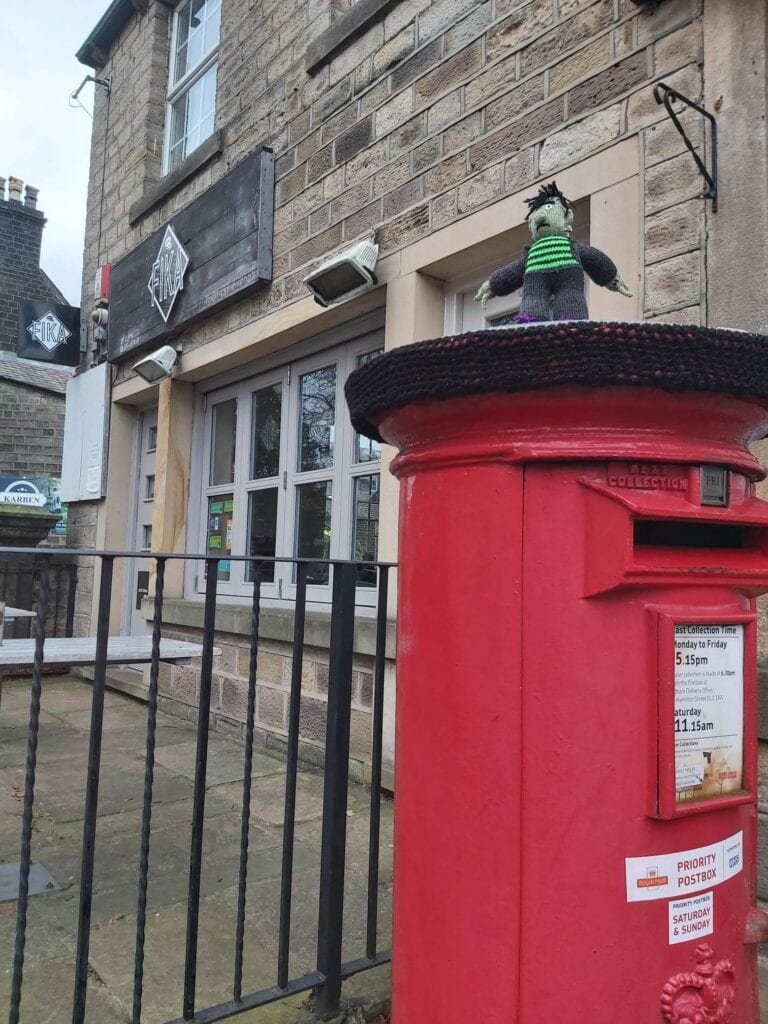
Other local bus routes:
184: Oldham to Huddersfield
168: Ashton-under-Lyne to Chorlton
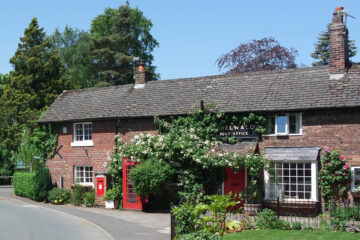

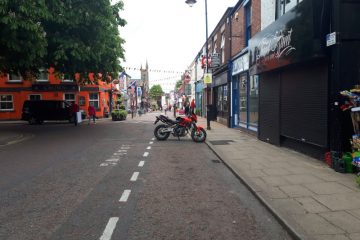
2 Comments
H · February 11, 2023 at 12:52 pm
Splendid trip down memory lane. Did that journey so many times from Denbton to Sowerby Bridge and before that going to Chew Valley climbing or camping. Was Woody’s vegitarian restautant still in Delph. Took Nick there as it was the only veg place for miles and miles. Has you dad read it?
Ian · February 15, 2023 at 1:49 pm
Nice one, H, only just clocked this. I didn’t see Woody’s, unfortunately, and yep, looks like my dad’s read it and put in a flimsy defence for his plywood glider contraptions!
Plans are afoot to do a trip up your way in the summer, btw, so I’ll keep you posted.